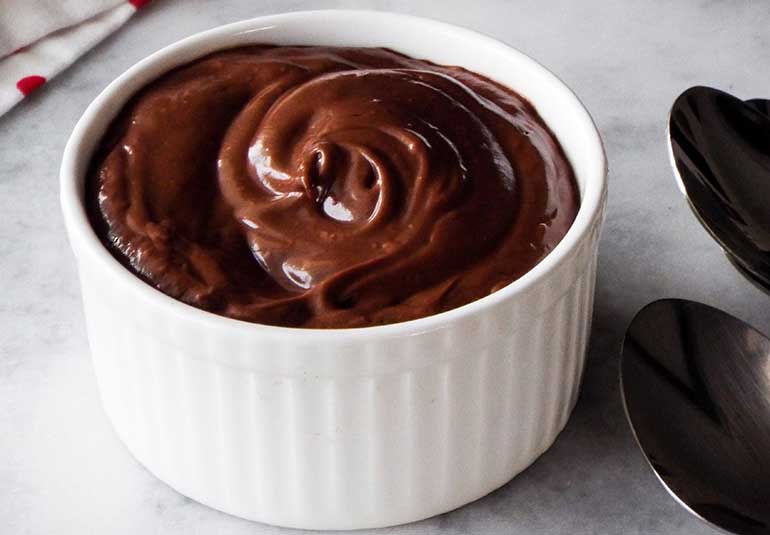Healthy Fats: What To Eat And What To Avoid
- By Danya DhanakLoading...
- | 6 March 2017 4:45 PM IST
 X
X
 Avocado chocolate mousse. Photo: Danya Dhanak
Avocado chocolate mousse. Photo: Danya Dhanak
The word fat has an obvious negative connotation, but some fats are actually good for you. They help to keep you full longer and to better absorb the nutrients in your food. In a nutshell and to avoid oversimplifying, different types of fats should be eaten at different levels of moderation; this educational primer shares more information on the sources and nutritional profiles of monounsaturated, polyunsaturated, saturated and trans fats.
What to skip or eat less of:
Avoid trans fats – anything with “partially hydrogenated” or “hydrogenated” listed on the ingredients. Common culprits include store-bought spreads like mayonnaise, salad dressings and chocolate spread, other packaged products like pre-made cake mixes and frostings and any deep fried foods especially at restaurants. On a daily basis, skip the cream and excessive milk-based foods like creamy vegetable gravies and desserts.
What to eat:
Avocado
Until a few years ago, avocados were rarely seen at local Indian grocery stores and vegetable markets but thankfully they are now grown locally and are plentiful. Incorporate avocado into your day by smashing some onto toast and topping with an egg or making the Mexican favourite guacamole with onion, tomato, chilli and cilantro. You can even add slices to a salad, add it to a smoothie or eat it as a dessert in the form of an avocado chocolate mousse.
 Red pepper pesto pasta. Photo: Danya Dhanak
Red pepper pesto pasta. Photo: Danya Dhanak
Nuts and seeds
Even if you aren’t a fan of snacking on nuts and seeds, you’ll enjoy these innovative ways to use them. Instead of loading up pastas with cheese and butter, use ground almonds, cashews or any nut milk to thicken your pasta sauce and make it creamy. Start with this healthy red pepper pesto pasta or pasta with broccoli and almond parmesan.
Skip the cream in your favourite paneer vegetable by using a cashew-based gravy instead. My favourite way to do this is soak half a cup of cashews in hot water for 10 minutes, drain and blend with 5-6 cloves of garlic, a 1-inch piece of ginger and a cup of tomato puree; add your favourite spices and you won’t even miss the cream. When making pesto, use walnuts or sunflower seeds as a base and skip the cheese altogether. Sprinkle pumpkin seeds onto bruschetta for a little crunch. If you’re not a smoothie drinker, add a teaspoon of chia seeds to your lemonade for a boost of nutrition. In baking, you can use nuts such as almond and hazelnut as a base to your favourite cakes and cookies like this cinnamon swirl almond cake.
 Classic hummus. Photo: Danya Dhanak
Classic hummus. Photo: Danya Dhanak
Extra Virgin Olive Oil and Olives
For maximum flavour and nutrition, be sure to use extra virgin olive oil when you’re not heating your dish such as for salad dressings or when drizzling on hummus or already cooked pasta as the last step etc. Balance it out by using less or no oil in your other dishes and adding a little extra virgin olive oil in a cold or side dish a bruschetta or dip. Make an olive tapenade for a sandwich spread by finely chopping mixed olives, a clove of garlic and parsley.
These points are not meant to be construed as medical or dietary advice, rather these are ways to include alternative foods and move towards a healthier lifestyle in general.



